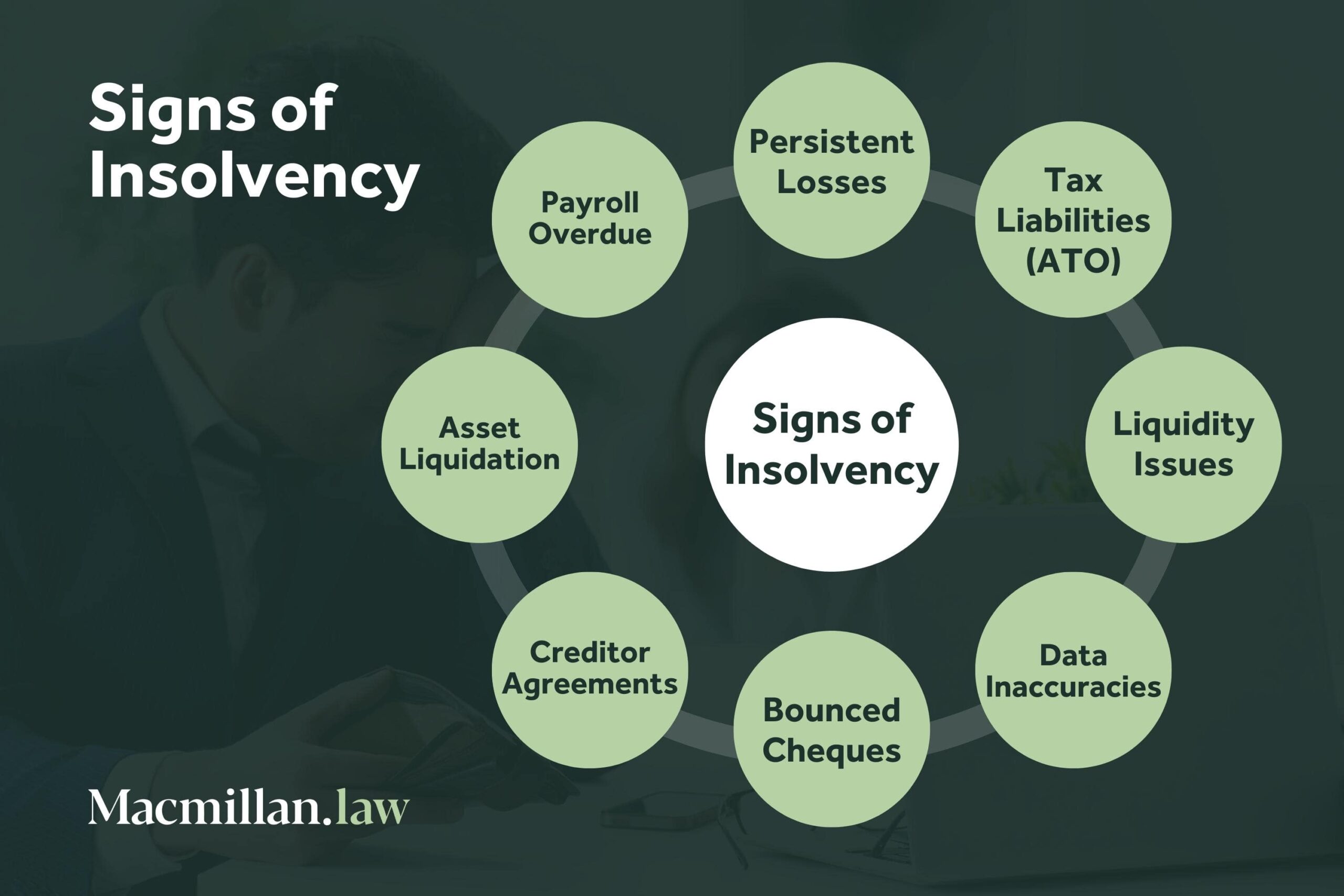The 30-Second Trick For Insolvency Practitioner
The 30-Second Trick For Insolvency Practitioner
Blog Article
Not known Details About Insolvency Practitioner
Table of ContentsInsolvency Practitioner for DummiesExamine This Report on Insolvency PractitionerThe Greatest Guide To Insolvency PractitionerSee This Report on Insolvency PractitionerThe Ultimate Guide To Insolvency PractitionerIndicators on Insolvency Practitioner You Should KnowHow Insolvency Practitioner can Save You Time, Stress, and Money.
Insurance policy is monitored and controlled by state insurance coverage departments, and among their key purposes is securing insurance policy holders from the risk of a company in monetary distress. When a company enters a period of financial trouble and is unable to meet its obligations, the insurance commissioner in the firm's home state launches a processdictated by the regulations of the statewhereby initiatives are made to help the firm reclaim its financial ground.If it is established that the business can not be restored, the company is stated bankrupt, and the commissioner will certainly ask the state court to purchase the liquidation of the firm. [Back] The insurance coverage commissioner, either assigned by the governor or chosen, heads the state insurance coverage department and monitors and controls insurance task within the state.
[Back] By obtaining control of a business, the commissioner (or the insurance policy department) is, by regulation, the rehabilitator or liquidator of the company. In this capability, the commissioner or department takes control of the business's procedures. As opposed to do so directly, the commissioner might retain a special replacement receiver to oversee the company's activities.
What Does Insolvency Practitioner Do?
The receiver manages an accounting of the business's properties and liabilities and carries out the estate of the company. In doing so, the receiver looks for to make the most of the firm's possessions, transfer them to cash, and after that disperse that cash to lenders having legitimate claims versus the insurance firm based on payment top priorities defined by state regulation (in all states, insurance holders are top priority complaintants whose insurance claims are paid prior to those of general financial institutions).
All insurance coverage firms (with limited exemptions) certified to offer life or health insurance coverage or annuities in a state must be participants of that state's warranty organization. The warranty organization works together with the commissioner and the receiver in pre-liquidation planning. Insolvency Practitioner. Once the liquidation is bought, the warranty organization gives insurance coverage to the firm's insurance holders who are state residents (up to the levels specified by state lawssee below; any type of advantage quantities over the guaranty asociation advantage levels end up being insurance claims versus the company's staying properties)

Some Known Details About Insolvency Practitioner
Second, insurance providers doing organization in that state are examined a share of the amount needed to fulfill the section of the warranty organizations' covered claims not otherwise funded with estate properties. The amount insurance companies are examined is based on the amount of costs that they accumulate in that state. their website The National Company of Life and Wellness Insurance Policy Warranty Associations (NOLHGA) is made up of the life you can look here and health and wellness insurance coverage warranty associations of all 50 states and the District of Columbia.
NOLHGA establishes a task force of representative warranty organizations to deal with the insurance commissioner to establish a plan to protect insurance policy holders. To learn more on NOLHGA's duty while doing so, see "What Is NOLHGA?" and "The Safety Internet at the office." [Back]
You are here: Bankruptcy is when a company or individual can not pay debts when they schedule. There are numerous choices readily available to a financially troubled business or individual: ASIC manages firms, it does not take care of personal insolvency procedures. To find out more concerning personal bankruptcy and individual bankruptcy arrangements, check out the Australian Financial Safety and security Authority site.
Top Guidelines Of Insolvency Practitioner
Predictive defense by aiding you pick the appropriate customers and the best markets to avoid poor debt in the first place, many thanks to acute monetary evaluation. Extensive market intelligence, supplying you with 360-degree presence on business markets and putting at risk troubles. It would certainly be a simplification to believe a profession credit rating insurance starts and ends with costs and pay-outs.
This can happen look at this site for a number of factors, including poor financial management, unexpected prices, or a change out there. If a firm is financially troubled, it might be forced to shut down or sell possessions to pay creditors. This can have a major effect on the organization, workers, and investors.
It can bring about task losses, property sales, and also insolvency. It is very important to comprehend how corporate insolvency works and how it can influence your service. Why does a firm participate in insolvency? There are a variety of reasons a firm might get in into bankruptcy. One of the most common factor is that the business is incapable to pay its debts as they drop due.
The Ultimate Guide To Insolvency Practitioner
Other factors for insolvency consist of fraud, mismanagement, and unexpected expenses. When a business becomes insolvent, its assets are made use of to pay off its financial debts. This can have a major influence on business, as it may no longer be able to proceed operating. Insolvency can also bring about work losses and the closure of businesses.
The firm may be compelled to sell assets, lay off personnel or even shut down. Lenders may be left out of pocket and the firm's shareholders may see their investment disappear (Insolvency Practitioner).
The Single Strategy To Use For Insolvency Practitioner
This can happen for a variety of reasons, consisting of bad monetary monitoring, unexpected expenses, or a change on the market. If a company is bankrupt, it may be required to fold or liquidate possessions to pay financial institutions. This can have a major influence on the service, staff members, and investors.

Other factors for insolvency consist of fraud, mismanagement, and unexpected prices. When a business ends up being bankrupt, its possessions are used to settle its financial debts. This can have a major influence on business, as it might no longer have the ability to proceed running. Insolvency can likewise bring about task losses and the closure of businesses.
All about Insolvency Practitioner
This can have severe ramifications for the business, its stakeholders, creditors and the economic situation. The business might be forced to sell assets, gave up staff and even shut down. This can have a ripple effect on the local community and the economy overall. Creditors may be overlooked of pocket and the business's investors may see their investment vanish.
Report this page